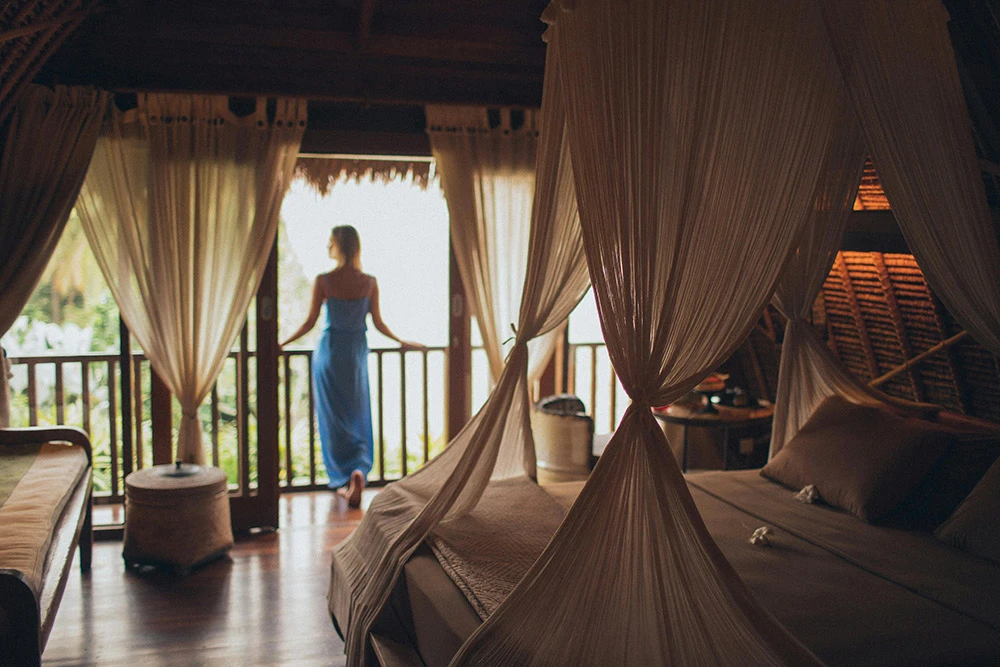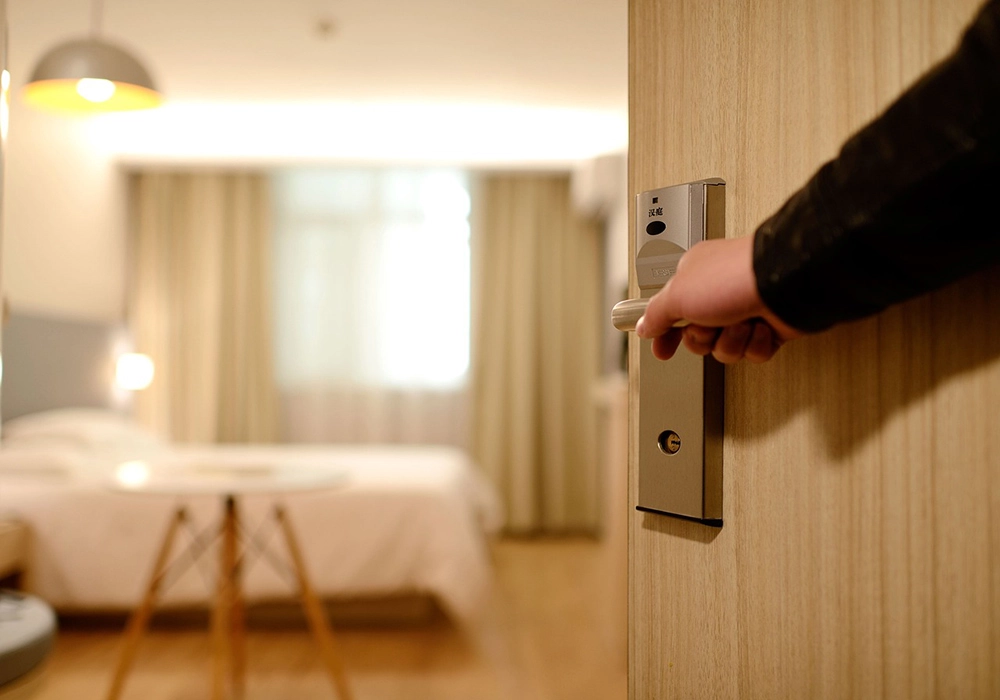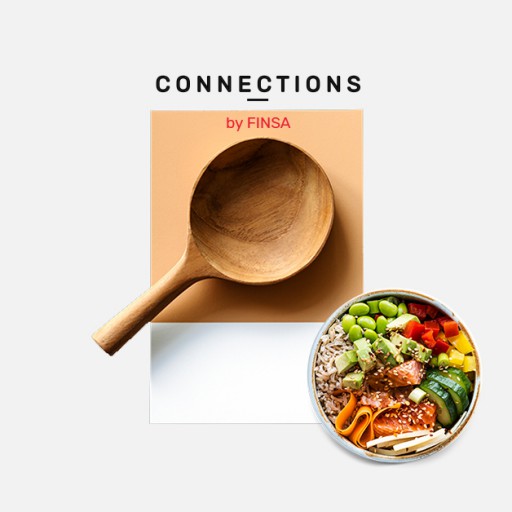Beach view or pool view? Near the gym or far from the elevators? On one of the higher floors or the lower ones? A large bed or two small ones? These and many other questions are increasingly being asked by hotel guests when booking a room. The trend now is to offer hyper-personalized experiences in hospitality, both when traveling and when looking for lodging.
In a market with so many options, expanding user experiences has become the perfect extra to turn a simple stay into a unique moment. That’s why the latest trend in hospitality takes us to a context where each guest can choose the room they will stay in, knowing its features, size, views, decoration, and layout in advance.
This new trend is a way to value not only the needs and tastes of each individual but also the unique features of each room in a market where all offers can seem very similar. With this option, a differentiating element is achieved, capable of creating an unrepeatable story for each person.

Hyper-personalization: From aviation to hotels
The initiative responds to the growing demand for unique and exclusive experiences amid the rise of premium tourism. The origin of this trend is found in the airline industry. For years, the level of personalization has been responsible for 50% of the profits of airlines. Factors such as the possibility of choosing a more spacious seat, avoiding middle seats, or using Wi-Fi increase the ticket price but also enhance the experience.
This option, already offered for some time by airlines, now arrives in the hotel industry, allowing guests to know the facilities of the chosen hotel in advance, digitally tour its corridors, or enter each room. Thus, before choosing where they will stay, they will have checked all its details, analyzed its decoration, views, the amount of sunlight it receives, and even evaluated its noise levels.

More sales thanks to hyper-personalization in hospitality
According to this report from the Hotel Technology Institute, 73% of guests are willing to pay more to select a room and would pay between 5% and 15% more to do so. In fact, the possibility of choosing a room can improve the conversion rate on websites, as it ensures that the guest can choose every detail of what they are looking for and, with a high probability, will find the room they desire.
In this matter, as you can imagine, interior design will play a key role as an activator of these sales tools. Increasingly versatile spaces, both in layout and furniture, will facilitate this hyper-personalization. After reading this article, are you going to configure your next hospitality project the same way?




